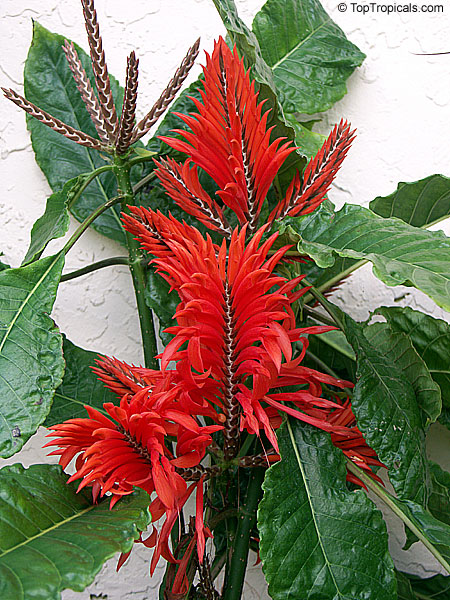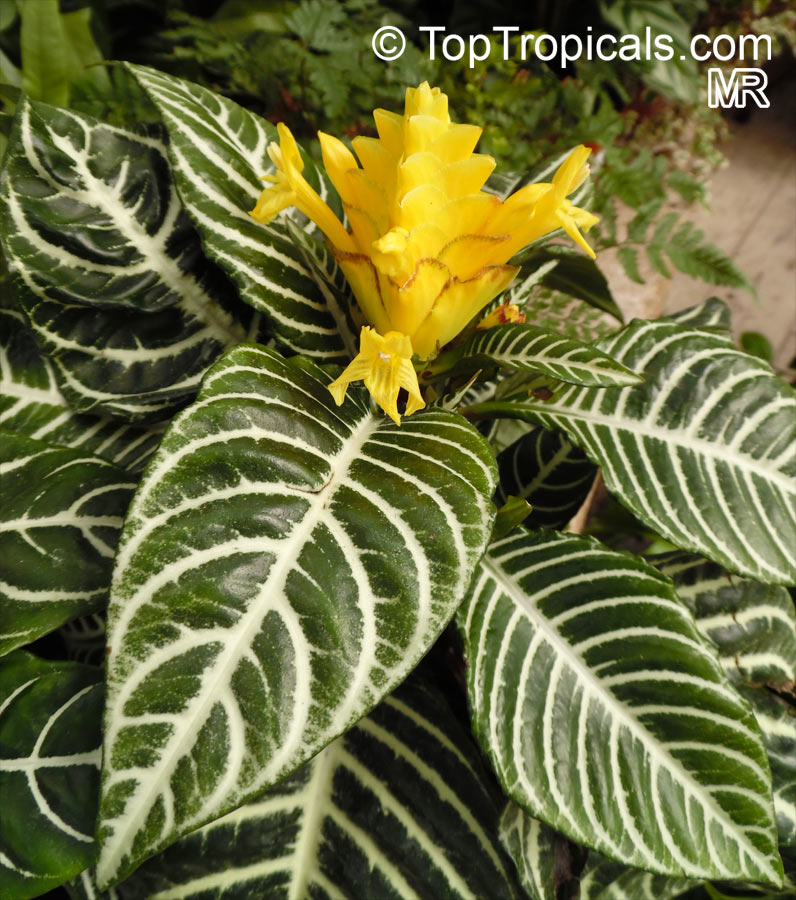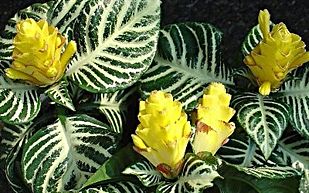

It’s quite possible for it to look much happier in a matter of hours. The pot needs to be well drained so roots aren’t left sitting in sodden soil.Īfter a good water, you should find the plant perk up remarkably quickly. Zebra plants are quite thirsty, but like most houseplants don’t take too well to waterlogging. Wait for the water to finish dripping through the drainage holes before returning the pot to its saucer, pebble tray or pot cover. This is the closest thing to natural rainfall, which is what all plants love best. If you can, use soft filtered water at about room temperature. Try to avoid spilling water on the leaves as best you can. Give the soil a thorough soaking until water starts to drip through the pot’s drainage holes. You might also like: advice for fixing your limp peace lily. Push in your finger – is the top inch still moist or has it dried out? These plants like their compost moist at all times, so if it feels arid and dusty, a good drink should help it recover. If you aren’t sure when you last watered, you can use the finger test to check the compost and see if it is getting enough. In their rest period, this can be reduced to once a week.

Have you noticed your plant become noticeably droopier in the last day or so? Sudden or excessive drooping suggests the plant is short of water.Īs a rule, zebra plants need water twice a week when actively growing (in spring and early summer). Have the leaves suddenly wilted, or are drooping to excess? However, if your plant looks distinctly more deflated, or is droopier than it used to be, it may need some help. Some plants are naturally droopier than this, while still being perfectly healthy. If you are using tap water, then let it sit overnight to make the salts settle down.You can see that a good proportion of the leaves naturally point downwards, with just the uppermost leaves facing skywards. This will result in a draught-like situation for the plant, making the leaves go yellow and brown. Chlorine or Flouride in WaterĬhlorine and fluoride in water or hard water will result in the salt built-up in the growing medium, which will also cover the roots over time, preventing the plant to absorb water. You can also get a humidifier for this purpose. To prevent this from happening, keep the plant on a pebble tray filled with water to raise the humidity level. Lack of humidity can make the plant’s leaves turn brown at the edges. It is best to feed the plant with a balanced fertilizer during its growing period, spring and early summer, once in 3-4 weeks. It will result in a salt build-up in the soil, which will cause yellowing of leaves. Too Much FertilizerĪvoid feeding the plant every 1-2 weeks. Check out these 9 Signs That Tell Your Indoor Plants Need More Sunlight! 4. Locate it near an east-facing window, where it will bask in the mild morning sun for 2-3 hours. The intensity of the sun can eventually cause dryness and turn the leaf tips yellow, red, or white due to stress. Zebra Plant loves to be in bright, indirect light, but do not expose it to the harsh afternoon sun for long hours. Also, keep it away from hot air vents too, to keep it from getting yellow or brown leaves. Keeping that in mind, it would be wise to keep it away from AC vents or windows, where a cold draft can hit your plant.

So, it is always well protected from the strong and cold winds.

In the native habitat, the plant thrives in indirect sunlight, shaded by other trees.


 0 kommentar(er)
0 kommentar(er)
